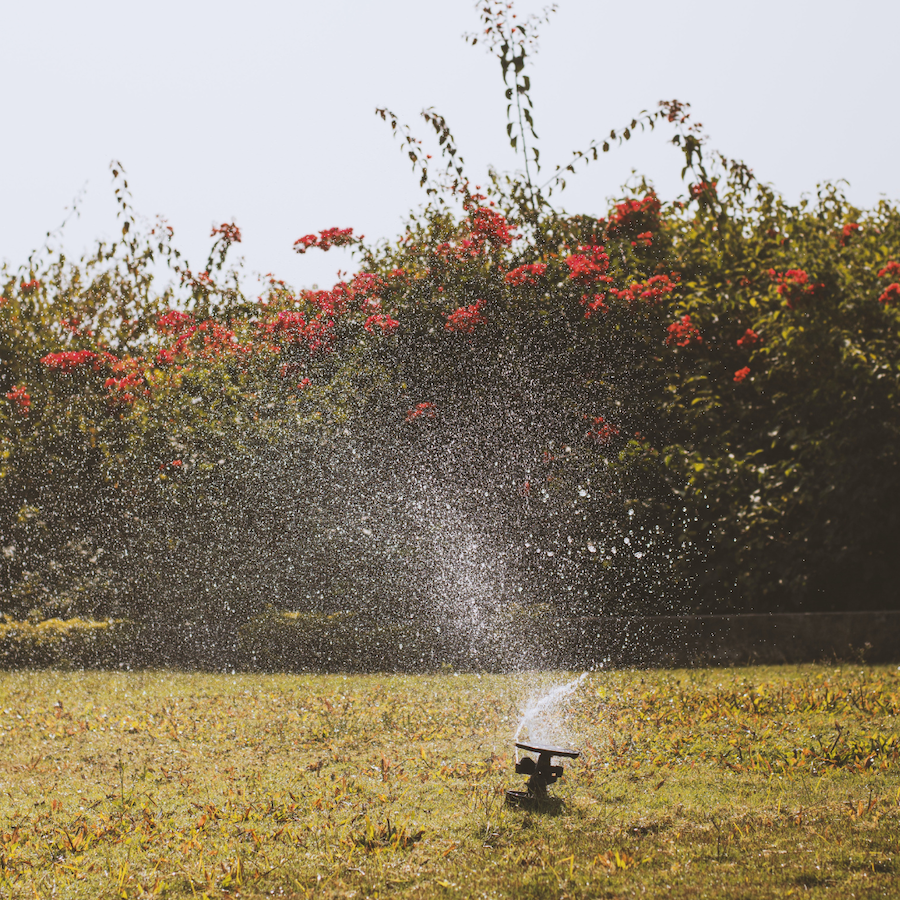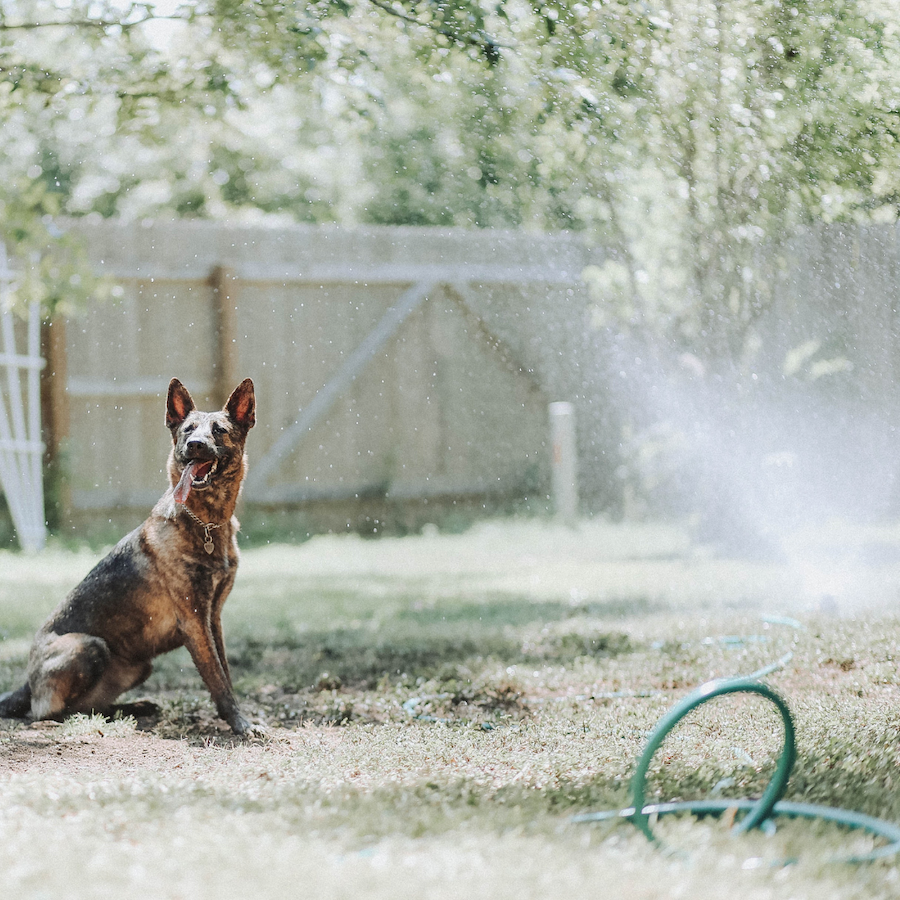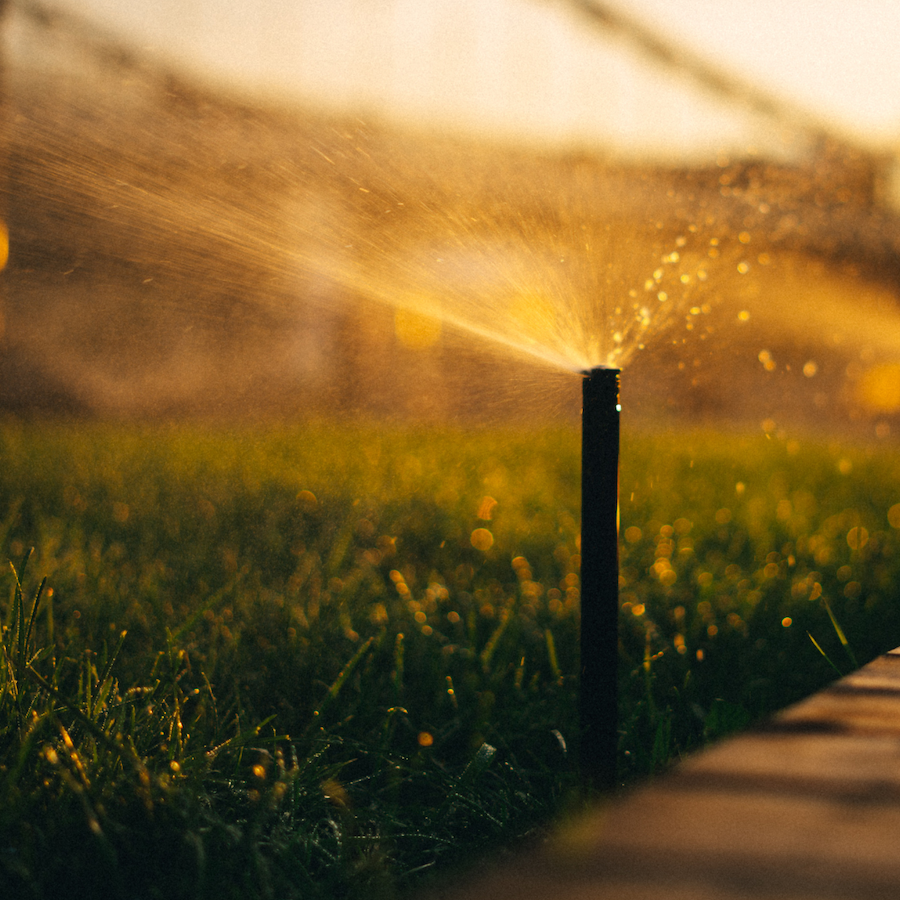How to Blow Out Your Sprinkler System for Winter
Step-by-Step & Tips ‘n Tricks to Keep Your Sprinklers From Freezing
If you live in a climate where temperatures drop below zero it’s time to start thinking about how to prepare for winter and keep your sprinklers from freezing.
If you don’t winterize your sprinkler system, you risk damaging your pipes and pumps. Water expands when it freezes, and this can cause your pipes to burst. Your pumps can also be damaged by the freezing temperatures.
Winterizing your sprinkler system will help to protect your investment and keep your lawn looking its best.
This article will dive into the complete winterization of a sprinkler system as well as tips, tricks and any tools needed so you know how to flush sprinkler system.
As the days get shorter and the temperatures start to drop, it’s time to think about draining your sprinkler system for the winter. This is a simple process that will help protect your system from freezing and bursting pipes.
The first step in winterizing your sprinkler is to drain the irrigation systems. You’ll want to turn off the water to your sprinkler system at the main valve.
Then, open each valve or bleeder screw on your sprinklers to allow any water remaining in the drain pipes to drain out.
Once the water has drained, close the valves or bleeder screws.
The next step is to blow out the system. You can do this with or without an air compressor, however, it’s easier with the air compressor. If you’re in the market check out our review on air compressors here.

How to Keep Outdoor Water Pipes from Freezing DIY
How to Blow Out a Sprinkler System
How to Blow Out Sprinklers With Air Compressor
If you want to blow out your sprinkler system as part of your annual “how to prepare for winter”, consider using an air compressor, here are a few tips.
First, make sure that the air compressor is properly lubricated. Next, attach the air compressor to the blow out adapter on the sprinkler system.
Finally, turn on the air compressor and let it run until the water is completely gone from the system. This will ensure that no water is leftover in the pipes and that there is no possibility of water freezing and cracking the system.
How to Blow Out Sprinklers Without Air Compressor
If you don’t have an air compressor, you can still winterize your sprinkler system by using a garden hose. Simply take the garden hose from the outside faucets and attach it to the sprinkler system, turn on the water and let it run until all the water is gone.
This method is not as effective as using an air compressor, but it will still get the job done.
Once the system is blown out, you can disconnect the air compressor or garden hose.
If you have an automatic sprinkler system, you’ll also need to disconnect the power to the system. This can usually be done by flipping a switch or breaker in your home’s electrical panel.
Cover the Sprinkler System
How to wrap outdoor pipes to prevent freezing
Once you have both drained and blown out the sprinklers, you will then need a cover system. A cover system is a great way to protect your sprinklers from the cold weather. By covering your sprinklers, you can keep them from freezing and prevent any damage to the system.
There are a few different ways to cover your sprinklers. One option is to use a tarp or plastic sheeting. This can be placed over the entire system and secured in place.
Another option is to use individual covers for each sprinkler head. This can be a little more time-consuming, but it can be worth it if you’re worried about a particular head freezing.
Whichever method you choose, make sure to cover your sprinklers before the first frost hits. This will help to ensure that your system is protected all winter long.
Insulate the Sprinkler System
How to Insulate Outdoor Water Pipes
The last and final step of how to prepare for winter by winterizing your sprinklers is to insulate the system. One way to insulate your sprinkler system during the winter is to use a cover. This will help to prevent any frozen pipes and will also keep the system from getting too cold.
You can also add insulation to the system itself. This can be done by wrapping the pipes in insulation or by using an insulating material on the outside of the system. This will help to keep the system from losing heat and will also help to keep it from freezing.

Winterizing your sprinkler system is a simple process that will help protect your investment and keep your lawn looking its best.
By taking a few simple steps, you can ensure that your system is protected from the cold weather and that it will continue to work properly all winter long. With these simple precautions, you can help ensure that your sprinkler system stays safe and functional come spring.

